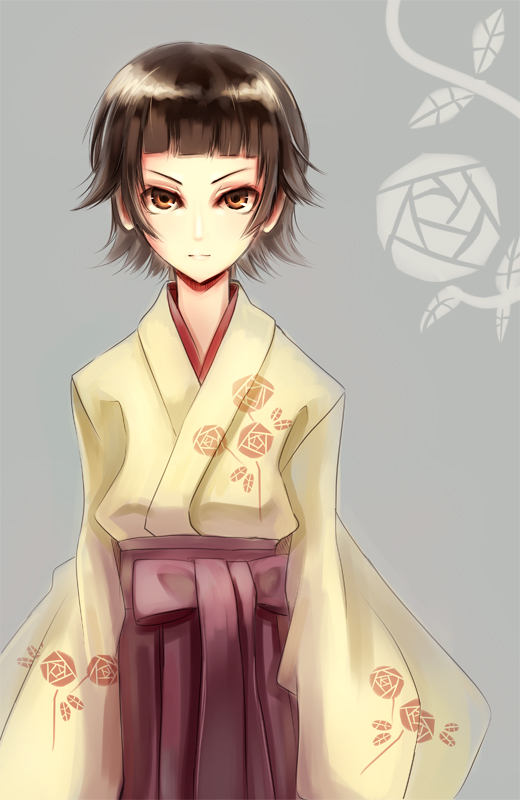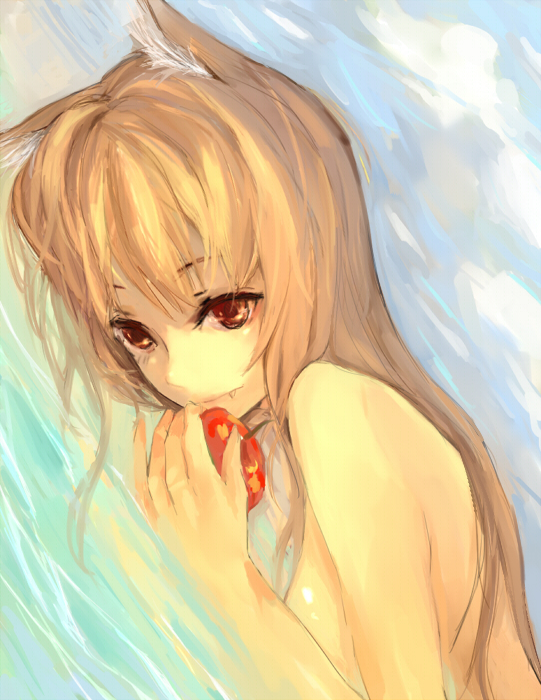Anime Autobiography - Endless Delinquency and Despair
<– Previous: Anime Autobiography - Into the Bowels of College
Sometimes, one discovers the right show at the right time. In high school, I found Azumanga Daioh, early at university I found Genshiken, and early in 2009, the second half of my junior year, I found Welcome to the NHK!, about a seemingly hopeless shut-in who dropped out of college. Having already noticed a pattern in the shows I watched, I thought, “Is this what I have to look forward to?”
Okay, joking aside, I didn’t really think that. It was something of a year of losers, though, as I also saw Great Teacher Onizuka that year. Watching this tale of a former delinquent who now aspires to become the world’s greatest high school teacher almost inspired me to become a teacher.
Almost. His goal of making school fun runs totally counter to my, and probably most people’s, theory of education, but the way Onizuka, who still has more than bit of a delinquent in him, clashes with the respected private school he teaches at makes for a lot of good entertainment. Though the way his earnestness and eagerness to help his students wins over both the faculty and his hostile homeroom class is just barely believable, it’s hard not to like this show. My one problem is that some of the bullying scenes were hard to watch, but that does make the catharsis all the stronger. The show also represented something of a return to form for me, as season one was easily available, but it took me a while to track down the second.
Try as Onizuka might, though, I have to give the title of world’s greatest high school teacher to Mr. Itoshiki Nozomu, of Sayonara, Zetsubou-Sensei. My love for this show knows no bounds, and it’s provided me with a seemingly infinite source of references and running jokes. I’ve written about the comic a few times before, but the anime is one of the few cases where an adaptation may surpass the original work. The show’s colourful, idiosyncratic presentation approaches the material substantially differently than Kumeta Koji’s monochrome palette and more conventional layouts. The anime also makes some changes to the source material, generally for the better, especially later on in the series.
The show also served as my introduction to studio Shaft and director Shinbou Akiyuki. Now I’ll watch most anything they produce, and they provide everything I love about animation - using a variety of styles, from cut-outs to 70’s character designs and even claymation, odd camera angles, even things like those strange head-tilts and walls of text make their shows instantly recognisable. Perhaps I should also mention that the “Mystery Train” segment, from the third season, may be my favourite episode of a TV show.
Going into the second half of the year, my senior year of university, the big event was, of course, the second season of The Melancholy of Haruhi Suzumiya. Like most fans, I had mixed feeling on this one, especially the infamous “Endless Eight” arc, where the same episode was essentially just shown in modified form eight straight weeks. I will say that the most entertaining part of the whole thing was just watching the fans get increasingly irate with each episode.
Looking back, Haruhi S2 really shows where my priorities lied. Shortly after it finished, I decided I needed to watch it. However, I had a couple upcoming essays due. So, what to do? I marathoned Haruhi and settled for a ‘B’ on my assignments. I probably could have managed an ‘A’, but if I had to go back and do it again… I’d probably watch Haruhi again. At that point, I’d started becoming disillutioned with higher education, and though these two classes in questions weren’t too bad (IIRC, Intro. to Linguistics and Contemporary American Lit.), I can’t say which benefited me more. Haruhi, after all, did allow me to interact with the fans, and made me think a fair bit about art. Was the “Endless Eight” arc an example of just mailing it in? Was it an experiment? If so, was it successful?
In any case, the last big title I saw in 2009 was Spice and Wolf, everyone’s favourite show about Renaissance economics.
Yep. Now, as much as I enjoy plots based around things like currency speculation, the highlight of the series is the relationship between the protagonists, traveling merchant Lawrence and wolf-spirit Holo. The show is well-paced, slow enough to give plenty of time just watching these two banter, while still moving the plot forward in each episode. I like shows with the “goddess-girlfriend” concept, or anything similar (e.g., Oh, My Goddess! or Cat God), and this is one of the better examples I’ve found. Unfortunately, the anime doesn’t get to progress very far in its two seasons, but luckily the original light novels are being published in English.
Now, I should also add that the end of the decade also brought a major change to how I watched anime. As I became more involved with the fandom, I wanted to see these shows sooner than they could get a physical release, and stores like Best Buy were rapidly shrinking their selection of anime. For these shows, though I bought GTO and Welcome to the NHK on DVD, I watched S&W on Hulu, Haruhi and the first couple seasons of Zetsubou-Sensei on Youtube, the rest of Zetsubou-Sensei via torrent. Though I still prefer owning a physical copy of most shows, bought S&W and Haruhi when they did become available, and would buy Zetsubou-Sensei should it ever get an American release, I had begun transitioning into getting most of my anime online.

